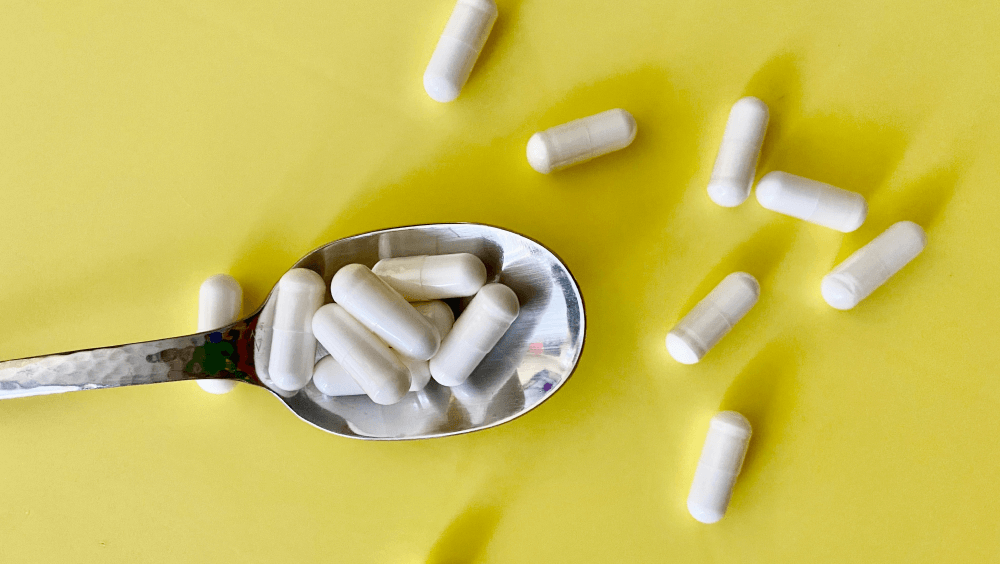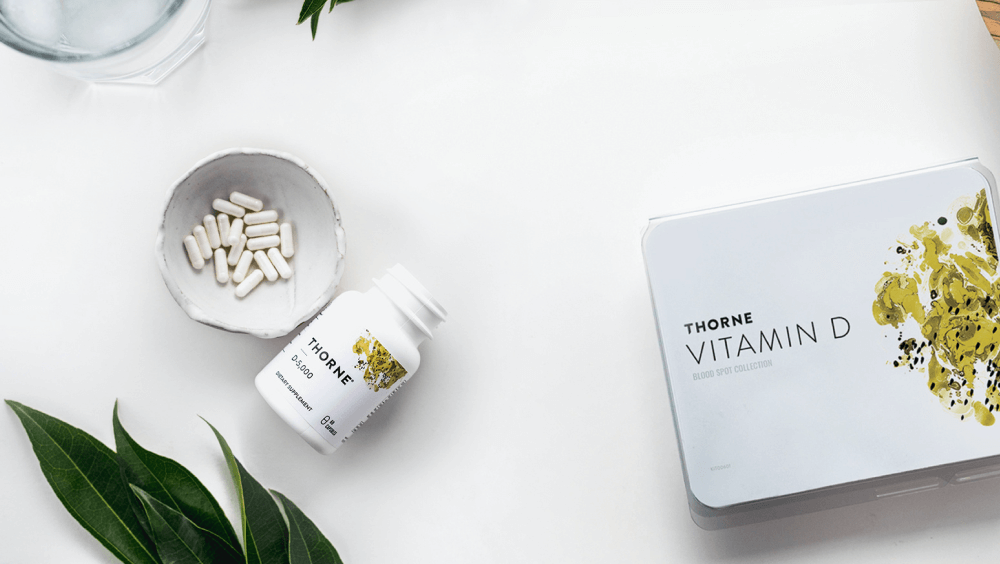Vitamin D from sunlight. What’s the secret
May 12, 2022 2022-05-12 16:19Vitamin D from sunlight. What’s the secret
What is Vitamin D?
Vitamin D consists of 6 bioactive fat-soluble substances that maintain the phosphorus-calcium balance in the human body (D2 to D6).
The main compounds are D2 – ergocalciferol and D3 – cholecalciferol.
Vitamin D2 is not present in the human body. The body gets it from yeast, bread, and mushrooms. Once in the body, the substance is converted to ergocalciferol. D2 is a toxic substance and is taken in short courses.
Vitamin D3 is the only nutrient that functions as a hormonal compound, from which calcitriol is formed. The compound helps the body assimilate calcium and phosphorus in the small intestine, and helps enhance reverse absorption into the kidneys. Vitamin D3 has a higher metabolic rate than D2. It is allowed to be taken for a long period of time.
Sources of Vitamin D
Typically, sources of vitamin D are: food, supplements, and sunlight.
Unfortunately, the necessary level of vitamin D3 in the body is quite difficult to achieve from animal foods alone. Most of us don’t consume enough of the right foods that contain the optimal amount of vitamin D3.

Foods high in vitamin D3:
- Fatty fish – salmon, tuna, mackerel, herring, halibut
- Beef liver
- Cod liver
- Cheese
- Eggs (especially the yolk)
- Caviar
- Pork fat
- Mushrooms (vitamin D2)
- Butter
Foods that may be fortified with vitamin D (check the label):
- Milk
- Orange juice
- Soy milk
- Cereal
Vitamin D from the sun?
There are many misconceptions about the relationship between sunlight and vitamin D.
Spending a few minutes in the sun doesn’t mean your body will produce enough vitamin D, and going to a tanning bed will develop skin cancer faster than you’ll get the vitamin D you need.
To start synthesizing vitamin D, your skin must be exposed to the sun’s UV rays. When UV rays hit the skin, a chemical reaction begins.
The energy of the UV rays converts the natural substance in our skin, dehydrocholesterol, into cholecalciferol. It travels with the bloodstream to the liver. In the liver, the body converts cholecalciferol to hydroxyvitamin. From the liver, the hydroxyvitamin goes to the kidneys, where it is converted into active vitamin D3, ready for use by the body.

Factors that inhibit vitamin D3 production:
- Little time spent outdoors. UV rays do not affect human skin through an office window or through a closed car window. Glass windows block the sun’s rays. Therefore, it is necessary to spend time outdoors with open clothing to get enough vitamin D3.
- Skin tone. Light skin needs only 15 minutes in the sun to synthesize the optimal amount of vitamin D3. Skin with a darker pigment needs more time, due to the large amount of melanin that protects the skin from UV rays.
- Location. In the summertime, it’s much easier to get the right amount of sunlight to produce vitamin D3 for your skin, which is 10-20 minutes a day in the sun with open clothing. In the winter, it’s a lot harder. Even if you spend time outdoors in the winter, the further north you live, the less UV rays reach the ground.
- Air pollution blocks the sun’s rays. If you live in a sunny city, but with high levels of air pollution, you will be less exposed to UV rays and produce less vitamin D.
- Using sunscreen, aging – also reduce your UV rays from the sun.
What happens when the body has a vitamin D deficiency?
When vitamin D3 is deficient, a person’s general condition worsens, which is expressed as:
- Decreased functioning of the immune system
- Deterioration of the metabolism
- Reduced heart muscle activity
- Deterioration of the metabolism of skin cells
- Irritability begins to appear
- Pain in joints and muscles begins to appear
- Bone tissues become brittle

Vitamin D3 affects all systems of the human body: the nervous and endocrine systems, the musculoskeletal system, and defense mechanisms.
The health of the nervous system directly depends on vitamin D3. It restores nerve tissue, whose condition affects the ability of muscles to contract. If the nerve fibers are in a healthy state, they quickly and correctly transmit nerve impulses and control reflex reactions.
In the endocrine system, vitamin D3 regulates carbohydrate balance. Cholecalciferol normalizes blood sugar levels and increases the susceptibility to insulin, which helps the body develop a protective response to diabetes.
With a lack of vitamin D3 in the musculoskeletal system, bones weaken and osteoporosis develops in adults, and rickets occurs in children. Therefore, the substance is vital for strengthening bone and muscle tissue, ligaments, especially for athletes.
The substance is also actively involved in strengthening defense mechanisms. Vitamin D3 activates the growth of immune cells, preventing the development of cancer, psoriasis, viruses and dermatosis, does not allow the formation of cholesterol deposits on the vascular walls.
Risk groups with possible vitamin D deficiency:
- People who, for whatever reason, are deprived of daily sun exposure.
- Residents of all Russian cities above (north of) Kazakhstan.
People who take insufficient amounts of foods containing vitamin D. - Vegetarians who follow a strict diet.
- People with dark pigmented skin, with high concentrations of melanin the skin produces insufficient amounts of D3.
- People with problems with absorption in the small intestine or kidney function.
- Athletes, because of the need to maintain muscle tone and bone health.
- Patients, after gastric bypass, with diagnosed obesity.
- People with intestinal abnormalities. Absorption of dietary lipids is impaired in these conditions. Disorder of fat metabolism is directly related to the production of colecalciferol.
- Elderly people. With age, the skin loses the ability to synthesize vitamin D3. This is especially pronounced in people who are bedridden and don’t go outdoors.
- Infants. Babies up to a certain age receive only mother’s milk. To prevent the symptom of rickets, a breastfeeding woman should take vitamin D supplements.
- Pregnant and breastfeeding mothers.

The role of vitamin D3 for the female body is enormous.
The substance controls blood sugar levels and normalizes the level of the hormone estrogen, the increase of which leads to impaired ovulation, infertility and early menopause. The main reason why women during menopause need vitamin D3 – it prevents the development of osteoporosis, strengthens bone structures and does not allow calcium to be washed out of the body. Cholecalciferol fills gaps in the lack of calcium and phosphorus in tissues, it is used in diseases of the thyroid gland. Normalizes metabolism, especially for weight loss. Improves cardiac function, cleanses the blood vessels. Vitamin D3 fights infections and strengthens the immune system. It blocks the appearance of gynecological pathologies that disrupt the menstrual cycle, cause sexual dysfunction, and in the worst case cause infertility.
For pregnant women, it is an indispensable drug for the formation of a healthy bone apparatus in the child. Raising vitamin D3 calcium in your body, a woman automatically strengthens the body of the child. The substance blocks the development of calcium deficiency, which leads to abnormal development of the fetus, which can lead to miscarriage.
Men need vitamin D3 to reduce the female hormone estrogen in men. Cholecalciferol blocks the interaction of testosterone with bone cells. Because of this, the male hormone – testosterone – performs its main function in the male body – to help the genitals work normally.
In children, vitamin D3 has the main function for the performance of the body. Beginning with the development in the womb, it not only forms a strong skeleton and strong teeth, but also takes care of their strengthening. It blocks the development of rickets and prevents the development of intrauterine abnormalities.
Directions for use
Vitamin D3 is recommended for both children and adults to take in the morning. The drug can stimulate the nervous system and cause sleep disturbances if taken in the evening. It is recommended that more fatty foods be taken, as vitamin D3 is absorbed 30% better.
It is not recommended to take vitamins D and E at the same time, since research has shown that these vitamins block each other’s effects.
Vitamin D3 can be taken every day or once a week. The most important rule is that an adult’s dose should not exceed 30,000 IU per week.
It is recommended that a child take vitamin D3 from the first days of life in a dose not exceeding 500 IU per day in the form of an aqueous solution. When breastfeeding, the pediatrician will adjust the dosage for the baby, depending on the formula and the amount of vitamin D taken by the mother.
There is nothing dangerous in taking vitamin D3 in the summer, because not everywhere and not always a person can get sufficient daily intake of vitamin D from UV rays. From late March through September, it is recommended that the daily intake of vitamin D3 be reduced by 30%.

Vitamins and minerals with which vitamin D3 is recommended:
- Vitamin A is the body’s aid in absorbing vitamin D3. Milk, liver, cheese, and carrots all contain vitamin A.
- Magnesium is an essential component in the body that helps vitamins achieve their goals. You can replenish your body with magnesium with nuts, spinach and whole-grain foods.
- Zinc is responsible for the preservation of bone tissue and is the conduit of calcium and vitamin D3 to it. Meat is a major source of zinc.
- Boron helps the body’s metabolism by ensuring the metabolism of vitamin D3.
- Vitamin K2 is a fat-soluble vitamin the body needs for protein synthesis. Vitamin K2 plays an important role in metabolism, in strengthening bones and connective tissue, in kidney function, is involved in the absorption of calcium and provides the interaction of calcium and vitamin D.
How to choose a good vitamin D?
The variety of forms and manufacturers of vitamin D3 is already difficult to count on the fingers of one hand.
Of course they are all different. It all depends on:
- The source from which the vitamin is extracted (natural or synthesized)
- The vitamin’s form (tablets, drops, solutions)
- Total amount and dose of one unit (whether a bottle/package is enough for a full cycle of the vitamin for 1 month and a dose of one unit for a day)
- Digestibility
- Presence of impurities (gluten, sodium benzonate, allergens)
Having tried quite a few vitamins D3, in my experience I can say that once I find vitamin D3 from Throne Research I don’t even think about finding a new one. For me, it is the perfect product that is dissolved in MST oil, which improves its absorption.
Vitamin D3 from Thorne Research is made only from natural raw materials and is a fat-soluble product. The liquid form of the supplement is suitable for children and adults, which promotes easier absorption in the body. For moms, it’s just a godsend, giving the liquid solution to the child by one spoonful is much easier than teaching him to drink pills, and you can take it as a separate remedy and add it to food. The most important thing is the absence of impurities in the vitamin D3 from Thorne Research, which is very important, especially these days, when every drug adds unknown mixes.

